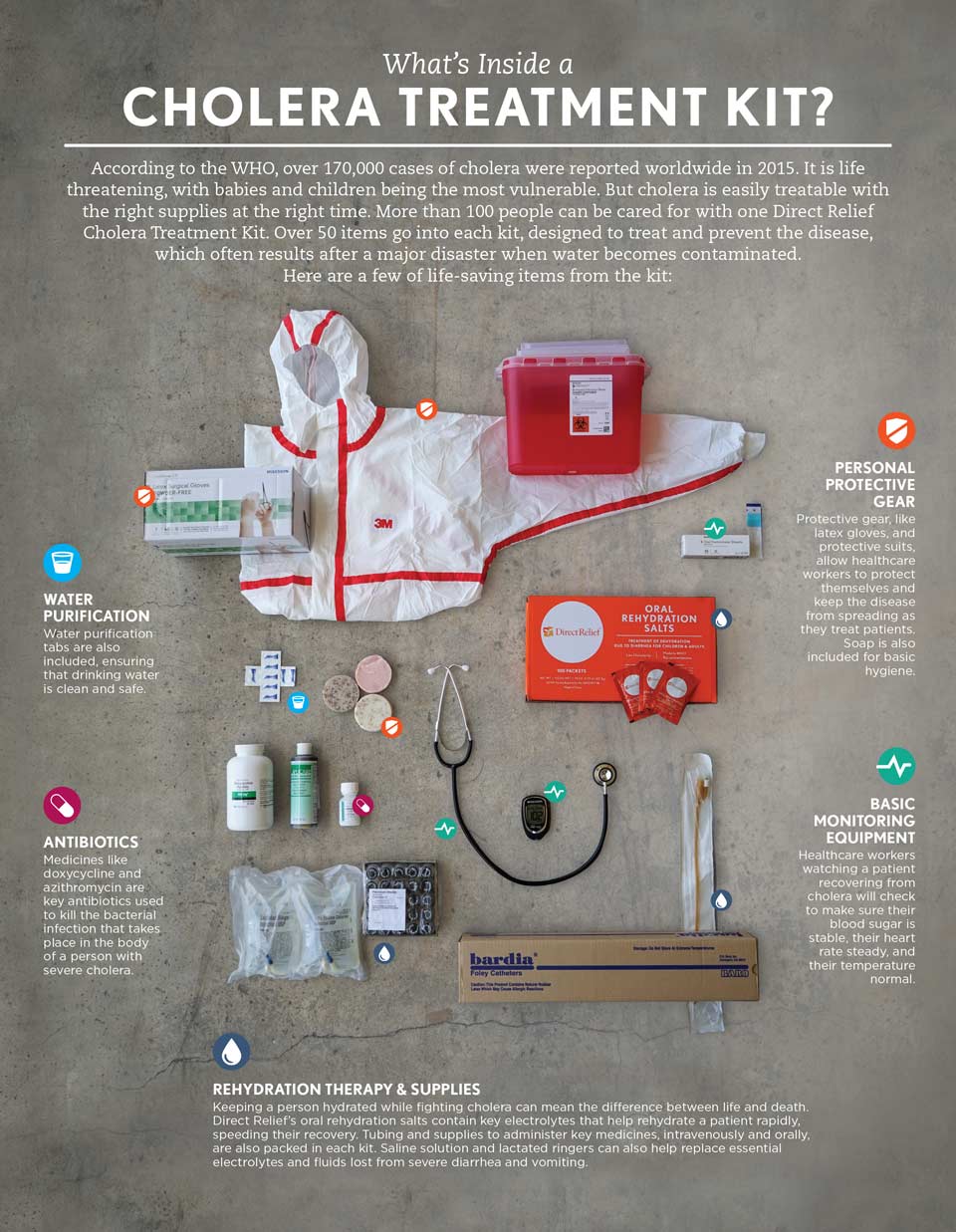Cholera Treatments
There are a number of cholera treatments. The first involves the use of a numbing fluid. Despite the high mortality rate, a few survivors can be saved with these methods. The second and third stages of cholera are the most difficult to treat. In these cases, physicians may be able to alter the bacteria or change the gut environment to make it more hospitable for the bacteria. This would be an effective treatment for cholera.
The first treatment is to rehydrate the patient. Rehydration is critical because the infection is often self-limiting, so there is no need for antibiotics. The use of oral rehydration salts (ORT) can reduce mortality rates by as much as 97%. The treatment will also help 99% of cholera patients survive. The ORT formula contains vital ions and a carbon source, which can be easily absorbed into the bloodstream.
ORS is the most effective treatment for cholera, and is often the first treatment in many cases. It is an oral rehydration solution, which dissolves in one litre of clean water. Some patients may require 6 litres of ORS on the first day, but this is rare. If the dehydration is severe, the patient is at risk of dehydration and shock, and intravenous fluids must be administered immediately. Medications may include antibiotics to reduce the duration of the infection and minimize the amount of time it takes for V. cholera to excrete in the body.
The bacterial infection causes diarrhea and vomiting, and it is often fatal within hours. However, the disease is highly treatable and can be prevented if it is diagnosed early. The mainstay of cholera treatment is hydration. It is administered through intravenous or oral solutions. Sometimes antibiotics are prescribed to reduce the length of the diarrhea and to prevent it from spreading the bacteria that cause cholera. For more advanced cases, doctors may administer IV antibiotics.
In cholera, a mixture of glucose, sodium chloride, and potassium chloride is used as a rehydration solution. These salts are also used as an oral rehydration solution, which is administered by nonmedical personnel. These remedies may be very effective in the short term, but they do not cure the disease. People with cholera should consult their doctors as soon as they suspect they may have the disease.
The most effective treatment for cholera involves replacing lost fluids and salts in the faeces. Oral rehydration salts, a WHO-developed rehydration solution, are taken by mouth and contain a mixture of sodium chloride and water. These salts are meant to provide complete rehydration, but a doctor may prescribe intravenous fluids and antibiotics. In severe cases, leeches are used to control the spread of the disease.

The most effective treatment for cholera is oral rehydration. A sachet of ORS is mixed with a liter of pure water. In some cases, patients with severe dehydration may need up to six liters of ORS during the first day. In these cases, doctors must also administer intravenous fluids to prevent shock and death. If oral rehydration is not effective, site อาหารเพื่อสุขภาพ.net may recommend alternative treatments.
The most common treatments for cholera focus on rehydrating the body after illness. These include administering fluids to victims of diarrhea. These solutions are often taken orally with clean water. The first step in the treatment of cholera is to provide the patient with adequate nutrition. To ensure the best possible rehydration, a person should take the medicine by mouth. Treatment with rehydration salts involves drinking large amounts of water and is ineffective in most cases.
Another treatment for cholera is the use of oral rehydration solution (ORS), which is a solution mixed with water to replace fluids and salts lost due to diarrhea. ORS is a sachet of calcium and magnesium salts that can be dissolved in a liter of pure water. A patient who is dehydrated after this treatment may need six liters of ORS on his or her first day.
In addition to dietary changes, antibiotics are needed to treat cholera. The first type of treatment for cholera aims to reduce the amount of time a person spends sick and prevent it from affecting others. The second type of treatment for cholera is aimed at preventing infection. By relieving symptoms and preventing the spread of the disease, these treatments can help prevent or delay the onset of cholera.